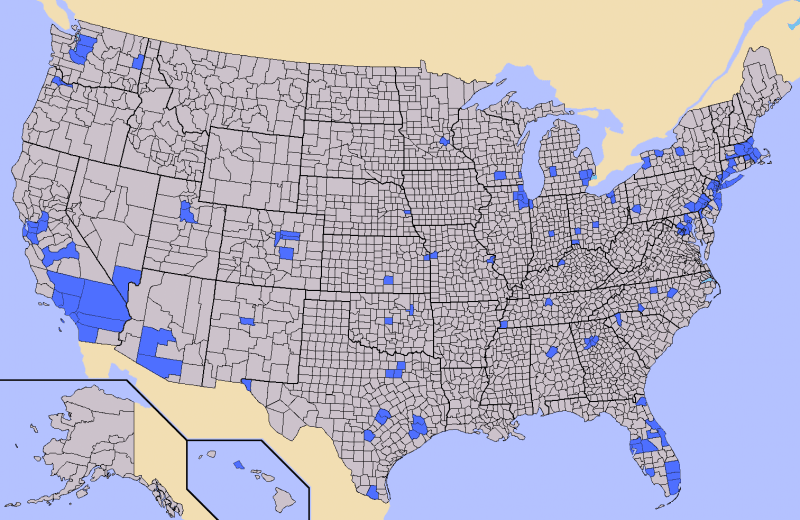Bartering Coming of Age in the E-Century
 Bartering
is as old as man and has been around since the first caveman traded his
animal pelts for a more efficient hunting weapon. Throughout most of
man’s history, bartering has been the primary means of acquisition.
Barter was, before currencies developed; and barter has always existed in one form or another as a parallel to monetary systems, even the Almighty US Dollar.
Everyone has heard the stories of patients trading chickens for medical
services from the local country doctors. Some may even wish that this
was so today, but doctors are largely insulated from negotiating their
bills by forming medical groups, with sometimes as many as three hundred
doctors participating. [Aside,
perhaps this is why today most patients are merely regarded as
case-numbers by modern docs, rather than people with needs. Negotiating
bills might have been a concrete means of identifying with people rather
than case-numbers.]
Bartering
is as old as man and has been around since the first caveman traded his
animal pelts for a more efficient hunting weapon. Throughout most of
man’s history, bartering has been the primary means of acquisition.
Barter was, before currencies developed; and barter has always existed in one form or another as a parallel to monetary systems, even the Almighty US Dollar.
Everyone has heard the stories of patients trading chickens for medical
services from the local country doctors. Some may even wish that this
was so today, but doctors are largely insulated from negotiating their
bills by forming medical groups, with sometimes as many as three hundred
doctors participating. [Aside,
perhaps this is why today most patients are merely regarded as
case-numbers by modern docs, rather than people with needs. Negotiating
bills might have been a concrete means of identifying with people rather
than case-numbers.]
Bartering was especially popular in the heyday of the Back-to-the-Land Movement of the 1970’s when many magazines such as Mother Earth News, Countryside and Small Stock Journal, Organic Farming and Gardening,
all had great barter sub-categories in their classified section.
Everything from caretaking farms for free room and board, to honey for
chickens and eggs was fair game in these advertisements. Most bartering
was successful because essentially it was an exchange of a need for
a need by two (and sometimes more) individuals without the use of
currency. The trouble was, and remains so, that bartering is a skill. Like
any other skill it is refined, developed, and honed through practice.
Since most people are used to dealing in known currencies with a
relatively known and stable value recognized by all, the need to
ascertain values is circumvented.
Barter
on the other hand, is based on need; therefore the more one needs an
item the dearer the value. So different people trading for the same item
may put different values on the item, depending on need and the
circumstances of the exchange, thus it is vital that those involved in
the exchange have a similar notion of the value. This entails knowing
the market and the item. With money, a known value, it is not necessary
to any great degree to be aware of these things.
In
my previous corporate life I was a Contract Negotiator among other
things, and was therefore trained in the art of negotiations. Indeed,
there was even some barter involved in many of these negotiations
depending on the country. I once recall negotiating with the nation of
Malta for the goods that country produced in exchange for coal and
calcined petro coke. Unfortunately for Malta, there was not much demand
for the goods they had available, after all, how could I have convinced
my boss that net ton of coal was equivalent to a pallet of diapers … no
joke. But I digress.
Now
with uncertainties in the various economies of the world and the
advancement of egalitarian communications such as the Internet I believe
that conditions are poised for a resurgence of the Art of Barter. This is especially true where the so-called PIGS
nations are concerned. Many of these nations are going through
unprecedented austerities which have reduced them to acquiring the basic
necessities of life. In these countries black-markets are rapidly
developing and since the home-grown currencies are essentially worthless
barter of goods and services is an integral part of daily life.
Argentina, has since the late 1990’s, been in this situation and many of
the citizens have become quite adept at trading.
Today, even in the West alternatives to cold cash are rapidly forming. The Bitcoin,
though I admittedly know little of its mechanics, is becoming so
popular that many governments are restricting it use, making it almost
the tantamount to counterfeiting. In more popular venues, like EBay and Craigslist,
there are sections which deal in trade and barter. Additionally, there
are websites like these that specialize in items and services like: Elance to sell our skills; Freecycle to recycle unused items: and now there are new services that allow users to sublet their stuff: like AirBnB, which allows you to rent out a room in your house; Lyft for carpooling; or RelayRidesto rent out your car for an hour; or Snap Goodsto rent out idle tools or anything else. In modern parlance barter economies are also known as, peer-to-peer economies, or sharing economies and in Libertarian circles it is known as Agorism, although each of these include such concepts as local farmers markets, and various cooperatives.
As
the economies slip and the banksters and governments are using
nefarious means of absconding with the people’s hard-earned savings in
the form of bail-ins and seizing of pensions and retirement
accounts, popular alternatives like black-markets and barter are
springing into place. Perhaps barter and trading are skills that
preppers and homesteaders should begin to cultivate before times get too
tough.
In the end the new grassroots economies forming are not really new but were and are encompassed within Distributism and the Catholic Social Teaching of Subsidiarity,
that is, dealing on the most local level is the most efficient, as
timely needs can be met as soon as they are apparent. Certainly, as we
read the headlines this is definitely something to consider.
Richard of Danbury, D.S.G.







